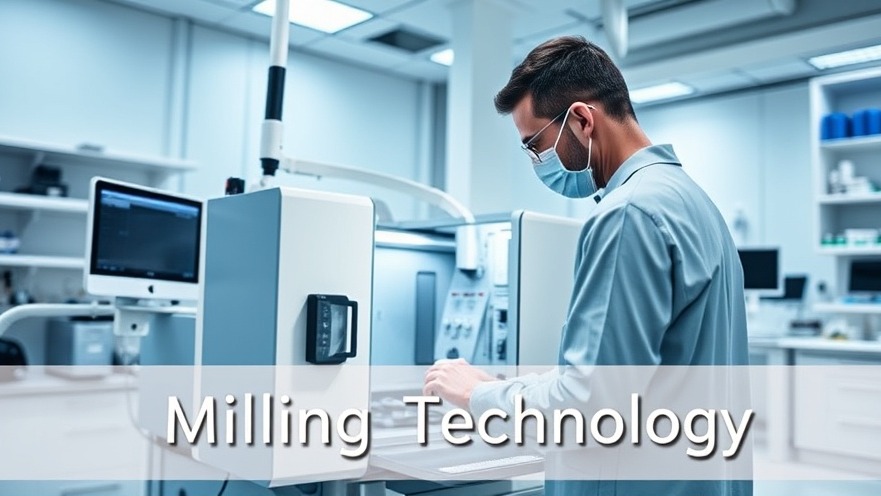
The Unforeseen Rise of Shining 3D
In the competitive landscape of dental technology, few companies can claim an ascension quite like Shining 3D. Founded with modest beginnings, they faced significant criticism just a few years ago. Back in 2017, when the initial reviews of their scanner were released, the feedback was scathing, with scores barely creeping above one star. Fast forward to today, and the narrative is starkly different. Clinical professionals are increasingly opting for their Aoralscan Elite, heralding it as a revolutionary tool that has reshaped workflows in dental practices. This shift is not merely attributed to advances in technology, but to a remarkable commitment to improvement and responsiveness to industry needs.
Technological Triumph: The Aoralscan Elite
The Aoralscan Elite has outstripped its competitors not only in performance but in establishing itself as an essential tool for various dental procedures. It stands out as the first scanner to amalgamate intraoral scanning with intraoral photogrammetry technology, marking a milestone in the scanning process by providing accurate data for both dentulous and edentulous cases. As Jorge Hernandez from Shining 3D articulated, this unit transforms workflows by enabling dental professionals to capture intricate details with precision, thus enhancing the overall quality of care.
Challenges Demand Innovative Solutions
Despite the leap in technological prowess, users still encounter challenges. Jerico Elomari discussed the intricacies of obtaining accurate scans, especially when dealing with clinical contaminants such as blood. Recovery methods to ensure scan quality have been developed, recommending cleaning protocols that are now essential for optimal use of the scanners. This adaptability showcases the brand's commitment to ensuring that user experience is paramount. Ignoring proper maintenance, as many clinicians do, can lead to disappointing results, further underscoring the importance of ongoing education and support.
A Competitive Edge with DLP Technology
Moreover, Shining 3D’s decision to introduce the AccuFab F1, a digital light processing (DLP) printer, further exemplifies their commitment to superior quality. Although the industry is leaning toward LCD printers, the precision of DLP technology retains its significance in certain applications, notably where complex geometries are concerned. This strategic introduction underscores their understanding of market demands and patient needs.
The Future of Digital Dentistry
With the rising demand and acceptance of digital technologies in the dental sphere, the future looks promising for Shining 3D. The comprehensive solutions provided by their latest products create a compelling case for their further adoption among dental practices, especially those specializing in implantology and full-arch rehabilitation cases. As the company continues to innovate and listen to the needs of the market, it remains to be seen how the competitive landscape will adapt to keep pace with Shining 3D's impressive growth.
Conclusion: A Call for Adaptation
For practitioners like Dr. Emily Johnson, keeping abreast of advancements such as those introduced by Shining 3D not only promises enhanced service delivery but poses a pivotal opportunity for practice growth. As the dental industry experiences a swift evolution, the ability to adapt to these changes is more critical than ever. Embracing technology that serves to enhance accuracy and efficiency is no longer an option but a necessity.
 Add Row
Add Row  Add
Add 




Write A Comment